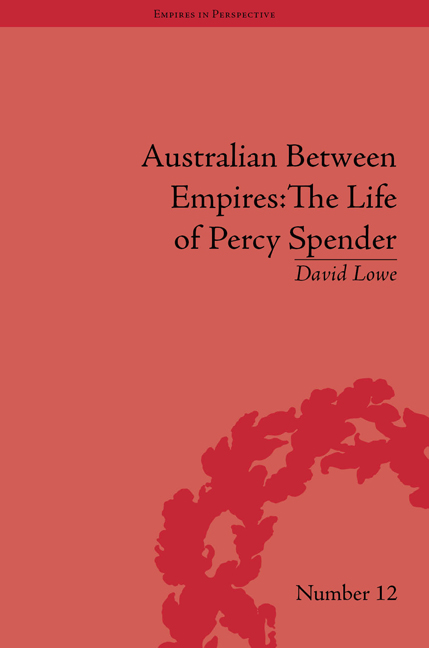7 - The American Century
Summary
Percy Spender was the first Australian Minister for External Affairs to move directly into an overseas post. His high status and sense of mandate to continue his ministerial work was, therefore, unprecedented. Like many of his contemporaries, he sensed a real risk of the Cold War becoming ‘hot’, and he wrote to a wellwisher that he believed that the next two or three years would be ‘critical years in the history of civilization’ and that it would be in Washington where the most important decisions affecting the free world would be made. Australian–US relations assumed even greater importance in this context. When he presented his ambassador's credentials to President Truman in June 1951 he said that his aim was to foster between the two countries, ‘substantially the same relationship as exists within the British Commonwealth’, a comment that had already raised eyebrows in Australia.
Spender's time as Ambassador, 1951-8, is generally recognized by historians as one during which Australia's orientation towards the United States and US foreign policy grew stronger, albeit with qualifications and some caution. The collapse of the French and success of the Vietminh in the northern part of Vietnam in 1954 confirmed the need to plan for defending the region to Australia's north from further communist expansion – US President Eisenhower's so-called ‘domino theory’ of vulnerable Southeast Asian states toppling in a manner similar to their capture by the Japanese in 1941–2.
- Type
- Chapter
- Information
- Australian Between EmpiresThe Life of Percy Spender, pp. 143 - 162Publisher: Pickering & ChattoFirst published in: 2014



